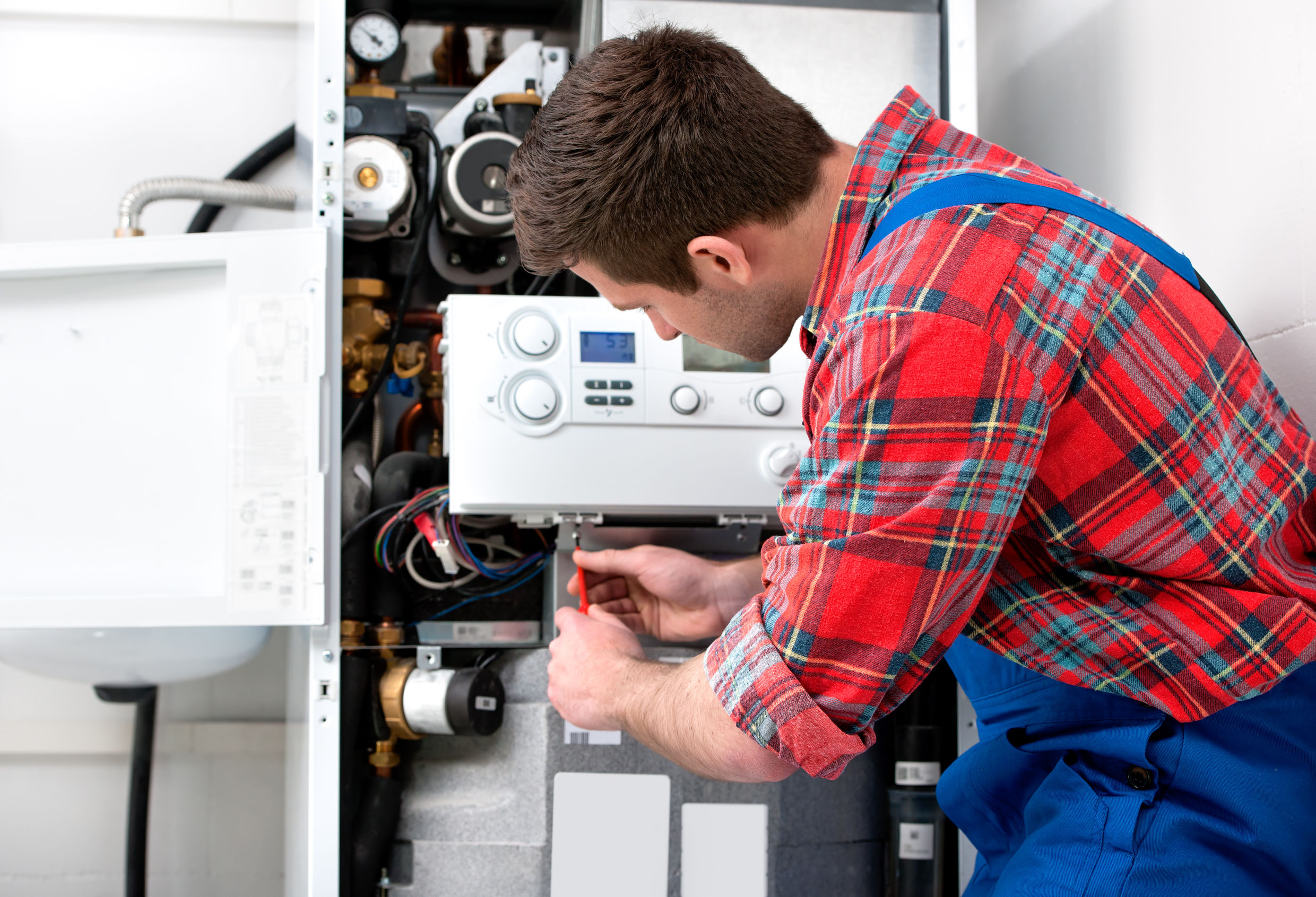Simple D.I.Y. Furnace Repair Tips For Homeowners
Today on the blog it is all about “Simple D.I.Y. Furnace Repair Tips For Homeowners.”
Image Source Here
A furnace is at the heart of every HVAC system of most homes, and that’s why learning about it is a crucial thing.
Many people rely completely on an HVAC contractor in order to deal with their furnace issues, however, in case you’re a DIY enthusiast or you need to fix it on your own for the first time, keep reading.
We’ll show you everything you need to know about identifying what kind of furnace you have as well as properly troubleshooting and fixing the most common issues that might cause failure. So, get ready, because this is a piece of information you definitely don’t want to miss.
How Does This Work?
Straight up answer is, it’s complicated. It depends on what kind of furnace you have and what kind of heating system you have.
Moreover, it is important to point out that furnaces were among one of the oldest heating systems used for keeping a house warm, the first ones being
coal and wood.
In current days modern furnaces draw power from electricity, gas or propane, and happen to be very efficient. However, the functioning principle is still the same, as it is based on forced air heating.
This means that heat is transferred through the air and sent to the house ductworks and out through the vents thanks to the blower fans inside the furnace.
Though the main function is simple, furnaces are formed by many different elements that increase efficiency and safety during heat exchange and distribution throughout the house system.
When one of those components fail it can cause poisoning by emissions of carbon monoxide, an odourless and colourless gas that can become lethal when constantly exposed to it.
To Each One its Own
Besides the fuel they use, there is another classification that you can use to identify the furnace you’re working with. When it comes to gas furnaces, there are essentially three types.
Single Stage: It has a valve that opens and closes gas circulation at a “high” rate
Two Stage: There are two valves controlling gas flow from “low” to “high” and it interacts with a digital thermostat in order to read and adjust heating ranges accordingly.
Modulating: This system enables a more accurate heat adjustment by 1 percent output increases, saving you a lot of money on gas bills in the long term. Finally, we have the oil and electricity powered furnaces. However, far less common in Canada.
Troubleshooting/Repairing Your Furnace
Once you’ve got the basics straight, now is the time to learn how to troubleshoot the most basic elements of your furnace, so you can spot issues and properly repair them.
Checking the air filter: The air filter is one of the main elements that need the most frequent of attention. Dust accumulated over time can clog the filter, and cause the airflow to be restricted.
This will make the furnace overheat and cause severe damage to your system (which is expensive to fix).
To prevent this from happening, it is important to check the filter every 30 days to make sure it is not clogged and working properly.
If you put the filter through any light and light doesn’t come through, you need to replace it by making sure the arrows are properly placed in
direction with the airflow.
Blame it on the thermostat: If you have a digital thermostat, change those batteries every 6-12 months. When the batteries
fail, there is little to no warning.
Always make sure the thermostat is free of dust and that you don’t see any exposed wires that have become dislodge over time.
Finally, make sure the thermostat is not reading sun rays, lamps or any other external heating device as this might be the cause of an inaccurate reading.
Is The Flame Eternal: Playing The Bangles song while doing this might help (just kidding). When a furnace is working properly a healthy blue tone will ignite from that fire.
However, a red, yellow, purple, green or any tone different from blue might indicate a further issue, therefore an HVAC Contractor needs to be called right away. Higher efficiency furnaces no longer have these to wonder about.
Venting Clear
What goes in must go out, in terms of air flow. The external venting outside your home is very important to stay clear. Over time bushes can grow around the venting, and people like to hide the looks of these pipes.
The issue becomes when the snow falls on those bushes and makes like a tent around the venting.
That can cause air blocks and will restrict the air flow and stop furnaces from working (if you are lucky!) alternatively the gasses get caught in your home, which is dangerous.
Carbon Monoxide Detector
These are as important as fire alarms. Change the batteries and click the test button, to keep your family safe.
Keeping It Healthy
A furnace lifespan is around 15 to 20 years. However, an annual inspection and maintenance will keep your furnace from shutting down before time. Here are the basic maintenance tasks to include in your annual inspection.
Inspect it for error codes flashing on newer furnace models, listen for intermittent sounds and call in for a preventative maintenance on your terms. Not when you have issues in the middle of the night or when you are away.
Finally, if you spot further issues, don’t attempt to repair it on your own accord, rather contact a professional HVAC repairman right away. They are qualified to solve very specific and complex furnace problems without putting your own and your family’s life at risk.
